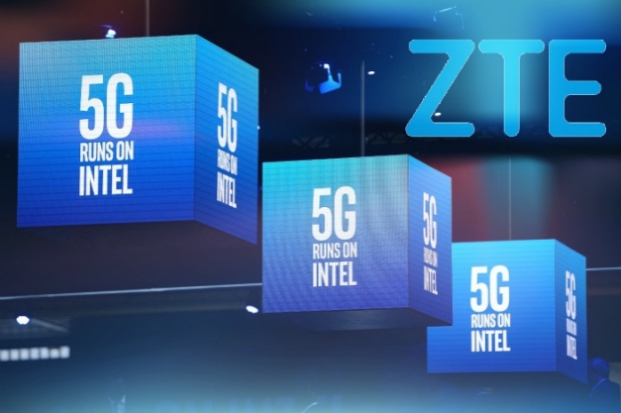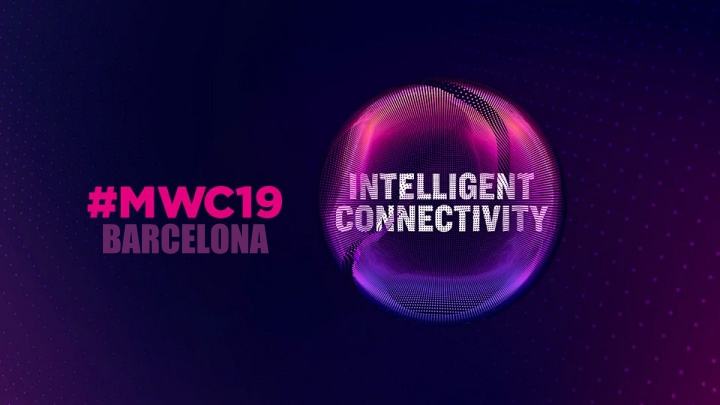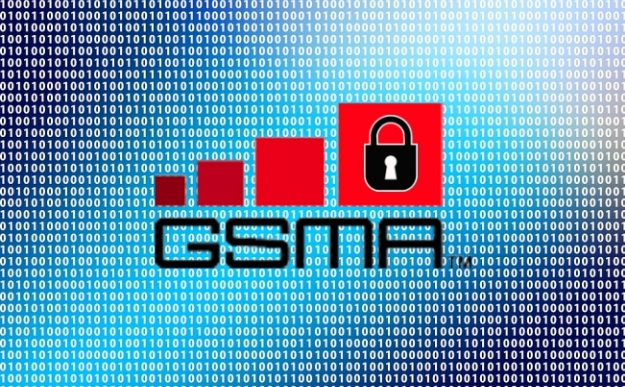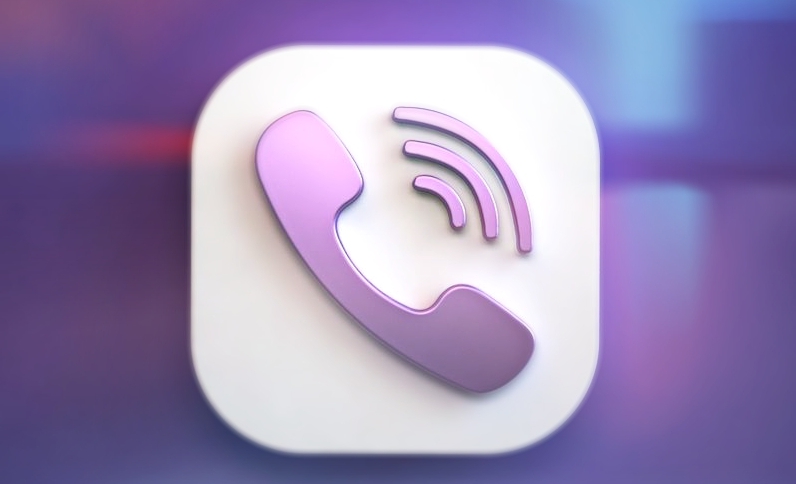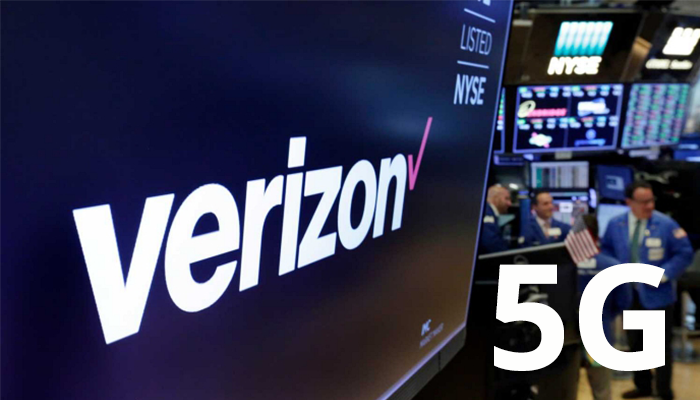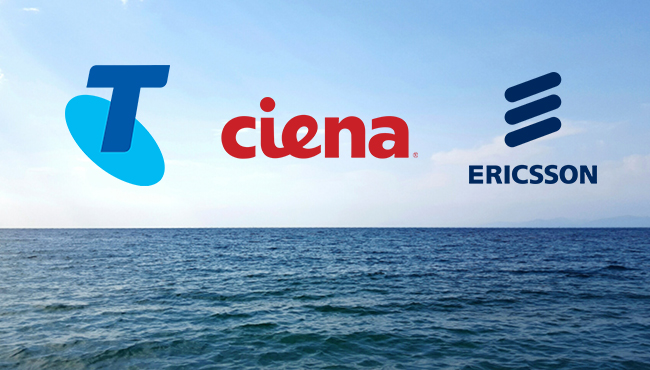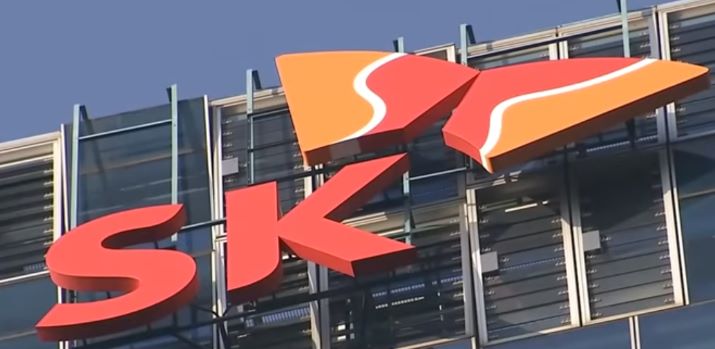ZTE Corporation and Intel have jointly launched the Light Cloud platform for access networks at the 5G Summit being held at Mobile World Congress 2019 in Barcelona. The Light Cloud solution is based on Intel’s innovative Edge products, impeccably integrated into ZTE’s flagship optical fiber access platform, Titan, thus merging Multi-access Edge Computing (MEC) and Network function virtualization (NFVI). The solution employs lightweight blade servers equipped with Intel Xeon D processors. When embedded in an OLT or BRAS device, the blade servers transform it into lightweight cloud infrastructure, thus reducing high capital costs and making a positive environmental impact. The infrastructure opens up computing and storage possibilities based on telecom access equipment, and allows the deployment and distribution of application-sensitive services. The access layer with cloud features is supported by built-in blade servers, and facilitates the ability to offer a wide range of cloud applications and services, including…
The Mobile World Congress – MWC Barcelona 2019 – is here. More than 100,000 mobile industry insiders, telecom specialists, professionals, analysts, reporters, and admirers of the most advanced devices have gathered to explore the wonders of the latest technology. Tech giants such as Samsung, Huawei, Xiaomi, and Vivo unveiled their innovations just before the show, but here we list some notable smartphones that have been presented at MWC. LG V50 ThinQ South Korea’s LG Electronics has unveiled its first 5G smartphone with a dual screen, the V50 ThinQ. The two screens are independant, enabling users to watch videos on one screen and browse the Internet on the other. Qualcomm’s cutting-edge Snapdragon 855 chipset together with a X50 5G modem will power the V50 model to support high-resolution games and data-rich applications without latency. The phone, with a 6.4-inch OLED full vision display, is equipped with a 4,000 mAh battery and…
The global organization representing the interests of mobile network operators, GSMA, has called for European governments to “safeguard network security and competition” in the telecommunications infrastructure industry. The association has issued a warning to Europe to refrain from activities that would obstruct the use of certain equipment necessary for 5G mobile network development. According to the GSMA, “Actions that disrupt the equipment supply for the various segments of the network (access, transport and core) will increase costs to European operators, businesses and citizens; delay 5G deployment by years across Europe and potentially also jeopardise the functioning of existing 4G networks upon which 5G is intended to be built.” Although no specific company names are mentioned in the statement, the GSMA initiative highlights the industry’s significant endeavor to prevent the application of additional sanctions, similar to those announced by the United States and Australian governments on Chinese vendors Huawei…
Viber has launched the latest revision of its mobile messaging application on iOS and Android – version 10, featuring an updated User Interface (UI) together with several other improvements. This is the first major update to the app in four years. The company stated that Viber Messenger 10 comes with a new look, has enhanced connectivity options, and includes additional privacy measures. Viber services have been improved with the ability to send messages twice as fast as before, and voice and video calls have been given “a quality boost to become crystal clear”. There is a new, bright header across the app, and the main chat list is displayed with convenient access to all private and group chats, communities and favourite public content. The update includes a new “Calls” screen containing recent calls and phone contacts, with the Viber Out balance and subscriptions shown at the top of…
Verizon has announced a successful edge computing trial on a live 5G network, conducted using their newly formed 5G test bed in Houston. The company’s engineers used Multi-Access Edge Compute (MEC) equipment and MEC platform software, incorporated in a network facility closer to the network edge, and managed to decrease network latency by half. The test results are important for next generation networks, enabling 5G to support low-latency applications such as Virtual Reality (VR). Low latency refers to minimizing the round-trip time taken by data packets. This is an essential yet enormously challenging attribute for a 5G network, and its high performance requirements. At present, many mobile applications depend on cloud-based processing that is handled in centralized data centers, and the physical distances involved increase latency. According to Verizon, locating the computing power nearer to the users at the network edge significantly decreases the time to deliver services. …
Telstra, the largest Australian telecommunication company, has announced the launch of a new rapid restoration service for one of its busiest subsea cable routes in Asia. The company has joined forces with Ericsson and Ciena to ensure that their customers stay continuously connected. The solution offers carriers and cloud service providers increased network visibility, flexibility and reliable data access. Nadya Melic, Telstra’s head of Connectivity and Platforms, said the new service is now available on three of its intra-Asia routes, following the successful tests carried out in December 2018. “The Asian region presents one of the most challenging environments for subsea cable systems. Busy and shallow shipping ports in Hong Kong and Singapore, high-levels of fishing activity and an ecosystem prone to natural disasters, all threaten to disrupt or damage underwater infrastructure,” said Melic. The new rapid restoration service on the subsea network will be provided using…
The networking and telecommunications company Ericsson and Germany’s largest network provider Deutsche Telekom, have announced that together they are the first to successfully demonstrate a wireless transmission on the mmWave spectrum, that can transfer data four times faster than currently existing services. The achievement of the data transmission rate of 40 Gbps with a latency of under 100 microseconds is a considerable advancement towards the fulfilment of stringent latency requirements of 5G, and the anticipated 100 Gbps backhaul networking. Per Narvinger, Head of Product Area Networks, Ericsson, said: “Microwave continues to be a key technology for mobile transport by supporting the capacity and latency requirements of 4G and future 5G networks. Our joint innovation project shows that higher capacity microwave backhaul will be an important enabler of high-quality mobile broadband services when 5G becomes a commercial reality.” A backhaul is an intermediate link between the core network and…
The 1st of January, 2019 saw the first live TV broadcast of the annual Bosingak bell-ringing New Year’s event over a 5G commercial network. SK Telecom, a South Korean wireless carrier, took advantage of the festive opportunity and offered a live, 11-minute broadcast of the country’s largest celebration in Seoul. High-definition footage on an entertainment channel XtvN showed the New Year’s countdown ceremony, the bell-ringing event and interviews. “With today’s successful live TV broadcasting over commercial 5G network, SK Telecom ushers in a new era of 5G-based media services,” said Choi Nak-hoon, Senior Vice President and Head of 5GX IoT/Data Group of SK Telecom. “In this new era, individual creators will be able to provide high-quality live broadcast anytime, anywhere, via 5G smartphones.” SK Telecom commercialised its 5G network in December 2018, accompanied by a ‘T Live Caster’ app. The solution was developed over a period of four…
To improve emergency services and to better locate callers, The European Commission has approved a regulation that will require new smartphones to include satellite and Wi-Fi location. The integrated chipset with Global Navigation Satellite System (GNSS) must deliver access to the EU’s satellite system Galileo, which provides accurate positioning and timing information. Currently, most emergency services are faced with the challenge of only being able to locate troubled mobile callers within an area of several kilometers. However, the proposed use of satellite and Wi-Fi systems will enable 112 emergency number callers to be located within a range of less than 100 meters. Galileo-enabled devices receive signals for positioning, navigation and timing. This satellite system has been servicing around 400 million users, and this summer the system was supplemented by four more satellites, which were successfully launched from the European spaceport. Every additional satellite steadily improves Galileo’s performance, and,…
The abbreviation API stands for Application Programming Interface, a phrase which is not particularly self-explanatory to those who have not yet had the chance to delve into the world of APIs. voip.review will provide a concise and easy to understand explanation of APIs for you. Basically, an API is a software-to-software interface that allows different computer systems and applications to communicate and share information, according to a set of rules embedded in the API. To put it another way, the API is a Programming Interface for developing Applications. The provider of the API publishes a set of rules defining how third party software programs should interact with their piece of software, listing a bunch of operations that developers can use, along with a description of what each operation will achieve. APIs deliver tremendous advantages to the technology industry, mainly because they allow for the rapid development of software products using…



